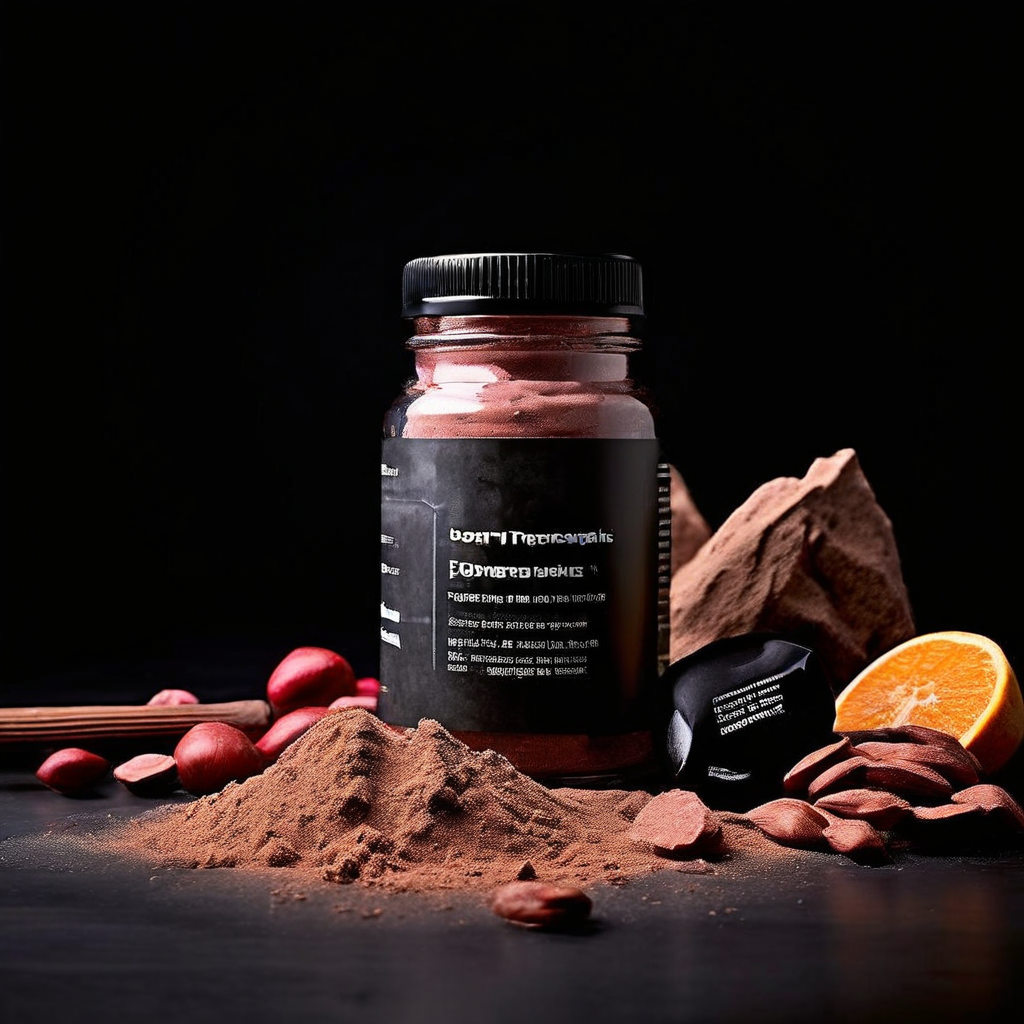A standard 200 ml cup of green tea contains around 6.56 mg of L-theanine on average. The exact amount can vary based on factors like tea variety, growing conditions, processing methods and brewing techniques.
Green tea is one of the most popular beverages worldwide, prized for its unique flavor and potential health benefits. Many of these benefits are attributed to the presence of various bioactive compounds, including a unique amino acid called L-theanine.
What is L-Theanine?
L-theanine is a non-proteinogenic amino acid primarily found in tea plants (Camellia sinensis). It’s responsible for the unique umami taste in green tea and has been associated with a range of potential health benefits, including promoting relaxation, reducing stress and anxiety, and improving cognitive function.
While all true teas contain L-theanine, the amount can vary significantly based on several factors. According to a study published in Pharmacognosy Magazine, the mean L-theanine content of green tea was found to be 6.56 mg/g. This means that a standard 200 ml cup of green tea would provide around 6.56 mg of L-theanine on average.
Factors Affecting L-Theanine Content
The amount of L-theanine in green tea can be influenced by various factors, including:
Tea Variety
Different varieties of green tea can have varying levels of L-theanine. For instance, shade-grown Japanese green teas like Gyokuro and Matcha tend to have higher L-theanine content compared to other varieties. This is because the shading process triggers a stress response in the tea plants, resulting in increased production of L-theanine and other beneficial compounds.
Growing Conditions
The growing environment can also impact the L-theanine content in green tea. Factors such as soil quality, climate, altitude, and farming practices can all play a role. Teas grown in nutrient-rich soils and at higher altitudes often have higher levels of L-theanine and other beneficial compounds.
Processing Methods
The way green tea is processed can also affect its L-theanine content. Minimal processing methods, such as those used for green and white teas, may help preserve higher levels of L-theanine compared to more heavily processed teas like black and oolong. However, research on the impact of processing methods on L-theanine levels is still ongoing.
Harvest Time
The time of year when green tea is harvested can also influence its L-theanine content. Teas harvested early in the spring, such as first flush teas, tend to have higher levels of L-theanine. This is because the amino acid accumulates in the tea leaves over the winter months and is at its peak during the first harvest of the year.
Brewing Techniques
How you brew your green tea can also impact the amount of L-theanine you consume. Factors such as water temperature, steeping time, and the ratio of tea leaves to water can all influence the extraction of L-theanine and other beneficial compounds.
According to a study published in the Journal of Food Chemistry, brewing time was found to be a significant determinant of the amount of L-theanine extracted. The study also found that adding tiny amounts of milk and sugar did not significantly affect L-theanine levels, while high levels of milk decreased the detectable amount of the amino acid.
Health Benefits of L-Theanine
The presence of L-theanine in green tea is believed to contribute to many of its potential health benefits. Some of these benefits include:
Promoting Relaxation
L-theanine has been shown to promote relaxation without causing drowsiness. It does this by increasing the production of alpha brain waves, which are associated with a state of calm alertness. This effect may help reduce stress and anxiety, improve sleep quality, and enhance overall well-being.
Enhancing Cognitive Function
Studies suggest that L-theanine, especially when combined with caffeine, may help improve cognitive performance. This includes benefits such as increased attention, improved memory, and enhanced mental clarity. The unique combination of L-theanine and caffeine in green tea is thought to provide a balanced energy boost without the jitters often associated with other caffeinated beverages.
Supporting Cardiovascular Health
Some research indicates that L-theanine may help support cardiovascular health by reducing blood pressure and improving endothelial function. This effect is thought to be due to the amino acid’s ability to promote relaxation and reduce stress, which are both risk factors for cardiovascular disease.
Key Takeaways
- Green tea contains an average of 6.56 mg of L-theanine per 200 ml cup, but this can vary based on factors like tea variety, growing conditions, processing methods, and brewing techniques.
- Shade-grown Japanese green teas like Gyokuro and Matcha tend to have higher levels of L-theanine compared to other varieties.
- L-theanine is believed to contribute to many of green tea’s potential health benefits, including promoting relaxation, enhancing cognitive function, and supporting cardiovascular health.
Summary
L-theanine is a unique amino acid found in green tea that contributes to its distinctive taste and potential health benefits. While the average amount of L-theanine in a cup of green tea is around 6.56 mg, this can vary based on several factors, including tea variety, growing conditions, processing methods, and brewing techniques.
Incorporating green tea into your daily routine may provide a natural way to increase your intake of L-theanine and enjoy its potential benefits, such as promoting relaxation, enhancing cognitive function, and supporting overall health and well-being. As with any dietary change, it’s always best to consult with a healthcare professional to determine what’s right for your individual needs and circumstances.



